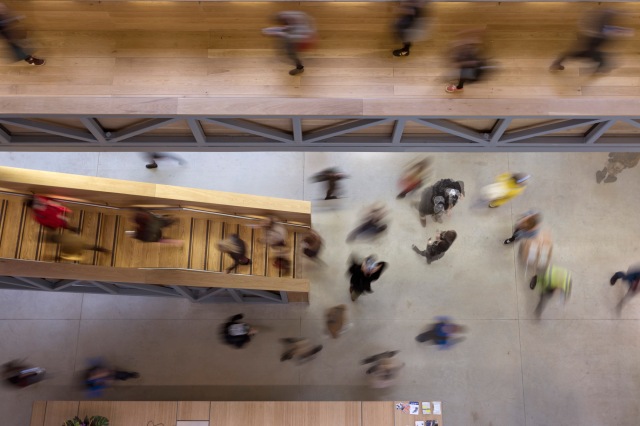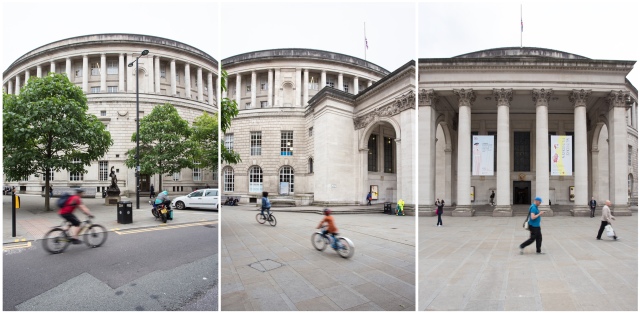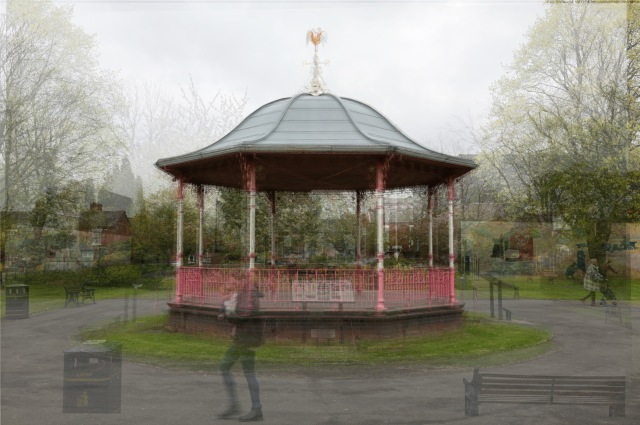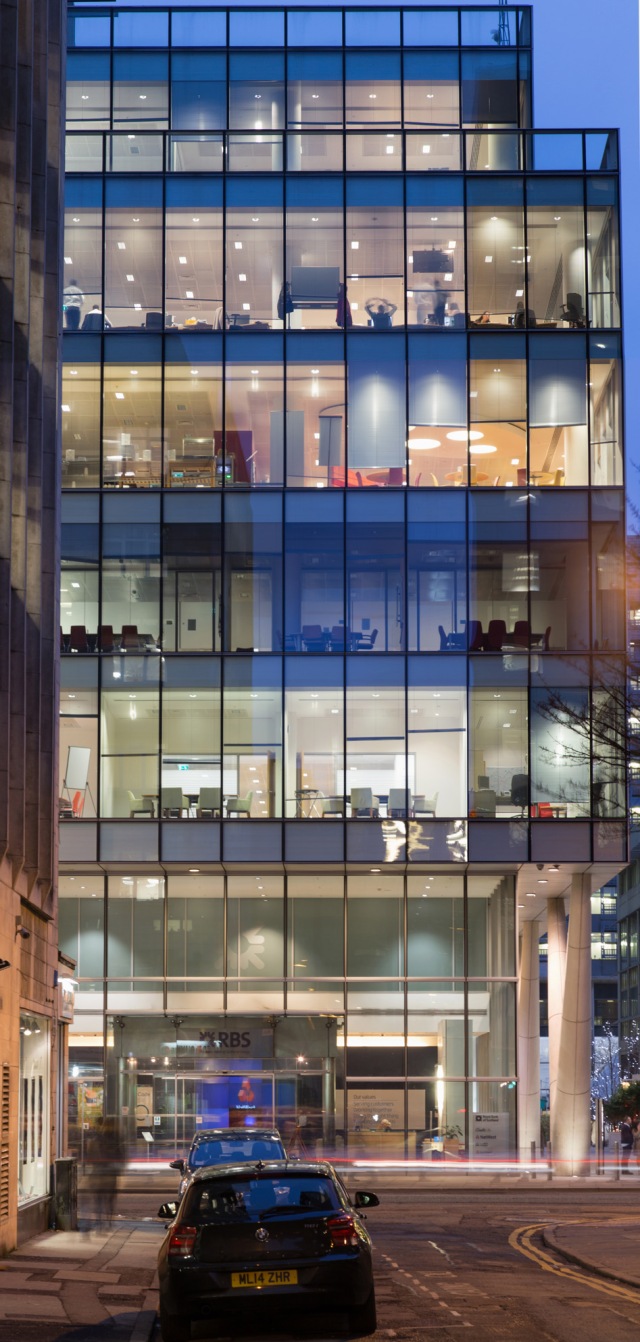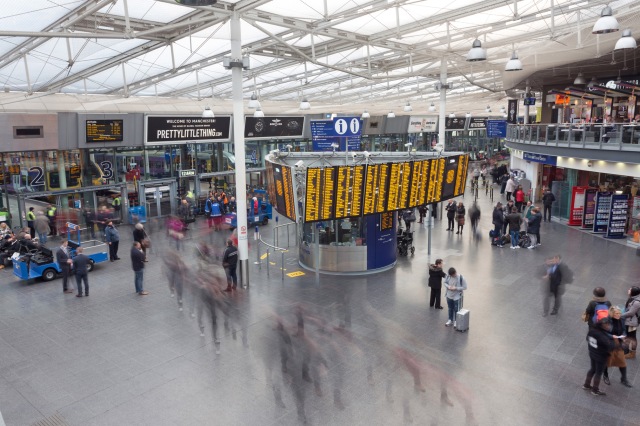Abstract
Many critics have highlighted the gulf between the experience of architecture and its representations via photography, suggesting a more humanistic and temporal portrayal. My research questions whether, in pursuing alternatives to conventional, commercial architectural photography, a more dynamic view can be revealed, one that is closer to the experience of encountering the built environment: episodic, transient and in flux.
I believe temporality and motion are indicative of the life of a building: both habitually omitted from traditional commercial representations. Practical and conceptual challenges directed me to techniques depicting ‘still’ and ‘moving’, that intersect with several of photography’s discourses: the evidential value of images constructed over time, the perception of movement in still photography and negotiations between description and creativity.
My methodology is an empirical investigation drawing on principles of the scientific analysis of motion (chronophotography): interpretive, yet with evidential rigour. This allies to Henri Bergson’s concept of duration, Futurism, Cubism and cinematic animation, whence I take the portrayal of motion and multi-point perspectives in still images.
By identifying examples from painting and illustration, my temporal approach builds up images over time, utilising observation, interpretation, editing and presentation. My subject matter is limited to what is found and what appears during each session; from this bricolage of serendipitous events selections are made throughout the practice’s reiterative process. I argue the case for appropriating the artist’s licence to interpret, producing an abbreviation of a longer period while remaining informative. I challenge Kracauer’s contention that the true ability to depict the city is exclusive to cinema, by using a static medium to represent ever-changing landscapes populated by transient characters in ephemeral scenes.
My practice bridges the gap between architectural photography and the ‘photography of architecture’. I identify two anomalies that inform the practice: firstly the difference between mainstream architectural photography during the inter-war period and concurrent, vibrant, animated representations of the city in film and painting. Secondly, my case studies illustrate differences between architectural photography and visual representations in other media (CAD-generated images, architectural models and sketches); the animated nature of the latter negating the notion of commercially-driven work being necessarily objectified, pristine and sterile.


